Growing tensions between the US and China have prompted clashes at the United Nations, accusations of spying and rumblings of a global trade war.
In Latin America, the rivalry has recently prompted a public relations battle over which superpower could provide ventilators and PPE during the pandemic, outcry over a Chinese deepwater fishing fleet and renewed pressure over the adoption of Huawei technology in 5G networks.
Chinese fishing flotilla nears Peruvian waters, prompting US-Beijing spat
Read more
Now, the US seems intent on countering China’s growing commercial influence in the region, with a program challenging Beijing’s involvement in infrastructure developments and energy mega-projects.
On a recent visit to Suriname and Guyana – which have both recently made major offshore oil discoveries – Mike Pompeo made a direct sales pitch on behalf of US companies.
“No state-owned operation can beat the quality of the products and services of American private companies,” said the US secretary of state. “We’ve watched the Chinese communist party invest in countries, and it all seems great at the front end and then it all comes falling down when the political costs connected to that becomes clear.”
Pompeo – the first secretary of state to visit either country – also used the opportunity to sign up both nations to the Growth in the Americas programme, more frequently referred to as America Crece, its Spanish translation, which seeks to “catalyze private-sector investment in Latin America and the Caribbean”.
The project is seen as a direct response to China’s Belt and Road Initiative (BRI), the $1.5tn foreign and economic policy to establish maritime trade and invest in infrastructure projects in dozens of countries.
Nineteen countries in the region have signed up to the BRI, with Chinese firms – many of them partly state-owned – winning major mining, energy and transport projects. Since 2005, China-based firms have invested over $123bn in the region and Chinese banks have loaned $137bn.
“It’s clear that America Crece is a US response to the BRI; Pompeo has consistently criticized what he considers onerous conditions attached to Chinese infrastructure loans,” said Rob Soutar, managing editor of Diálogo Chino, a website specialising in China-Latin America relations.
“Inside China, a number of academics see America Crece as the US attempt to reassert control over Latin America as its unique area of influence – a new version of the Monroe doctrine,” he said.
In September 2018 the US recalled its top diplomats in Panama, El Salvador and the Dominican Republic after the countries each ended diplomatic relations with Taiwan and established ties with China.
Panama the new flashpoint in China’s growing presence in Latin America
Read more
But since then, US pressure appears to have increased, the growth of BRI partnerships has slowed, and Chinese investments in strategic countries such as Panama appear to have hit a speed bump.
The America Crece program offers no new budget for regional infrastructure projects, but it does give the US policy a name and a direction.
“The BRI wants to create infrastructure that supports Chinese interests – built by Chinese companies and with Chinese banks making money on the loans. America Crece, by contrast, involves projects with business cases that make sense for the region and support good governance,” said Dr Evan Ellis, a professor of Latin American Studies at the US Army War College’s Strategic Studies Institute.
But the view that Chinese investment relies solely on backroom deals with Beijing is no longer correct, said Soutar. “In recent years there’s been a major shift in the way Chinese firms invest in the region. Increasingly, they invest in equity or form international consortiums to win competitive tenders, such as the Bogota metro system.”
We advise Mr Pompeo to respect facts and truth and stop spreading rumors about China
Chinese embassy in Suriname
And while America Crece is theoretically open to investment from all countries, Colombian president Ivan Duque’s description of the programme as a “new phase of Plan Colombia” has given ammunition to those who view it as a way to secure lucrative contracts for US companies.
Under the 2000-16 Plan Colombia – which focused on tackling the country’s twin guerrilla and narco-trafficking problems – much of the $10bn in aid went to US arms and security firms.
Having fallen down the list of US foreign policy priorities under the Obama administration, US diplomatic efforts in Latin America have been revived in recent years. Donald Trump has sought to attract votes in Florida by taking a tough stance on socialist governments in Cuba and Venezuela, but the need resist China’s “predatory trade practices” is one of the few things that Republicans and Democrats agree on.
The new, straight-talking strategy seems designed to antagonise China.
“We advise Mr Pompeo to respect facts and truth, abandon arrogance and prejudice, stop smearing and spreading rumors about China,” the Chinese embassy in Suriname said.
And while geopolitical rivals search to gain influence over natural resources, infrastructure and trade routes, the best interests of Latin America itself could be sidelined, said Soutar.
“Both the BRI and America Crece invest overwhelmingly in fossil fuel infrastructure, locking Latin America into a high-carbon development pathway. The region desperately needs investment to rebuild after Covid, but this should be channelled towards low-carbon, climate-resilient development if it’s to generate sustained, long-term benefits.”

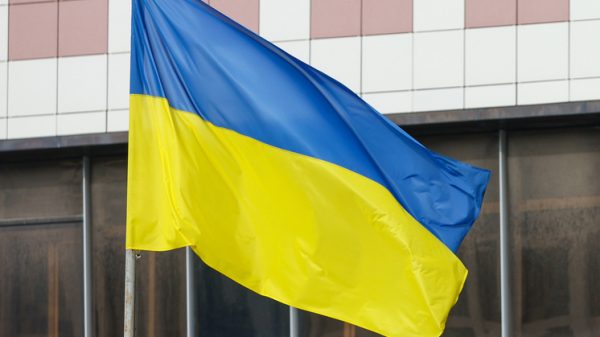







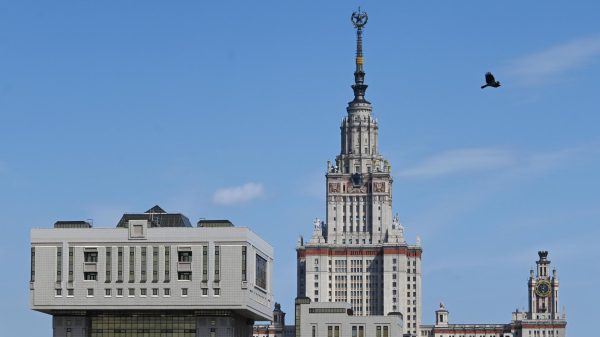
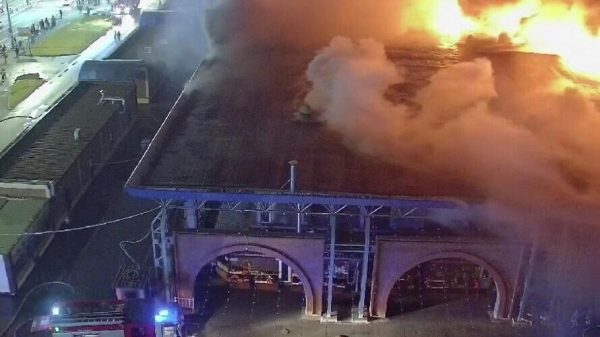

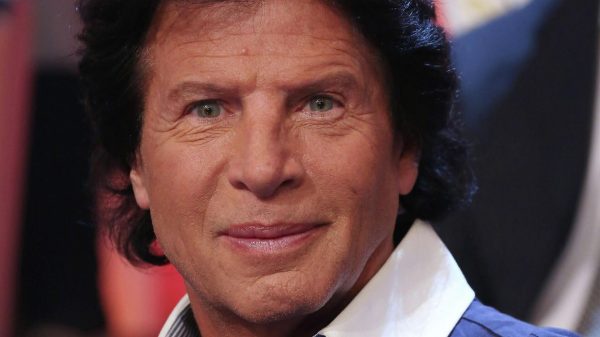


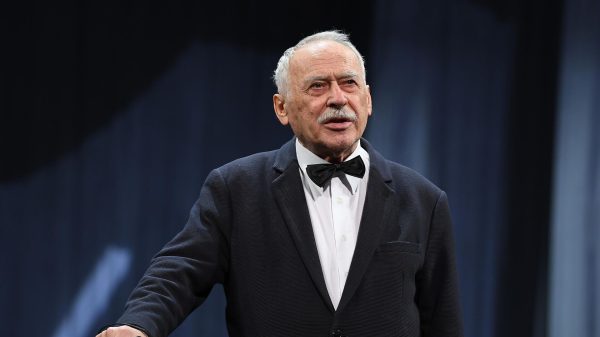














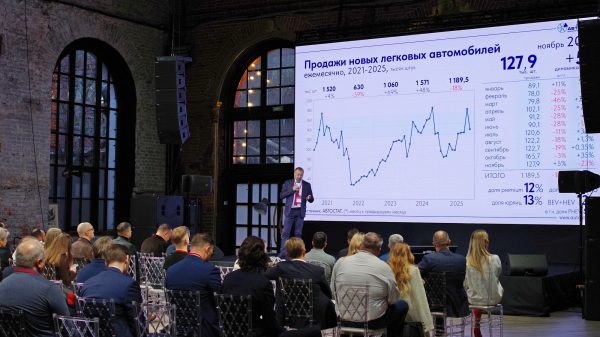



















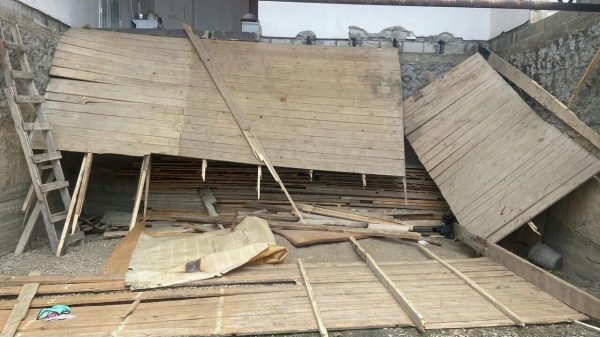
Свежие комментарии